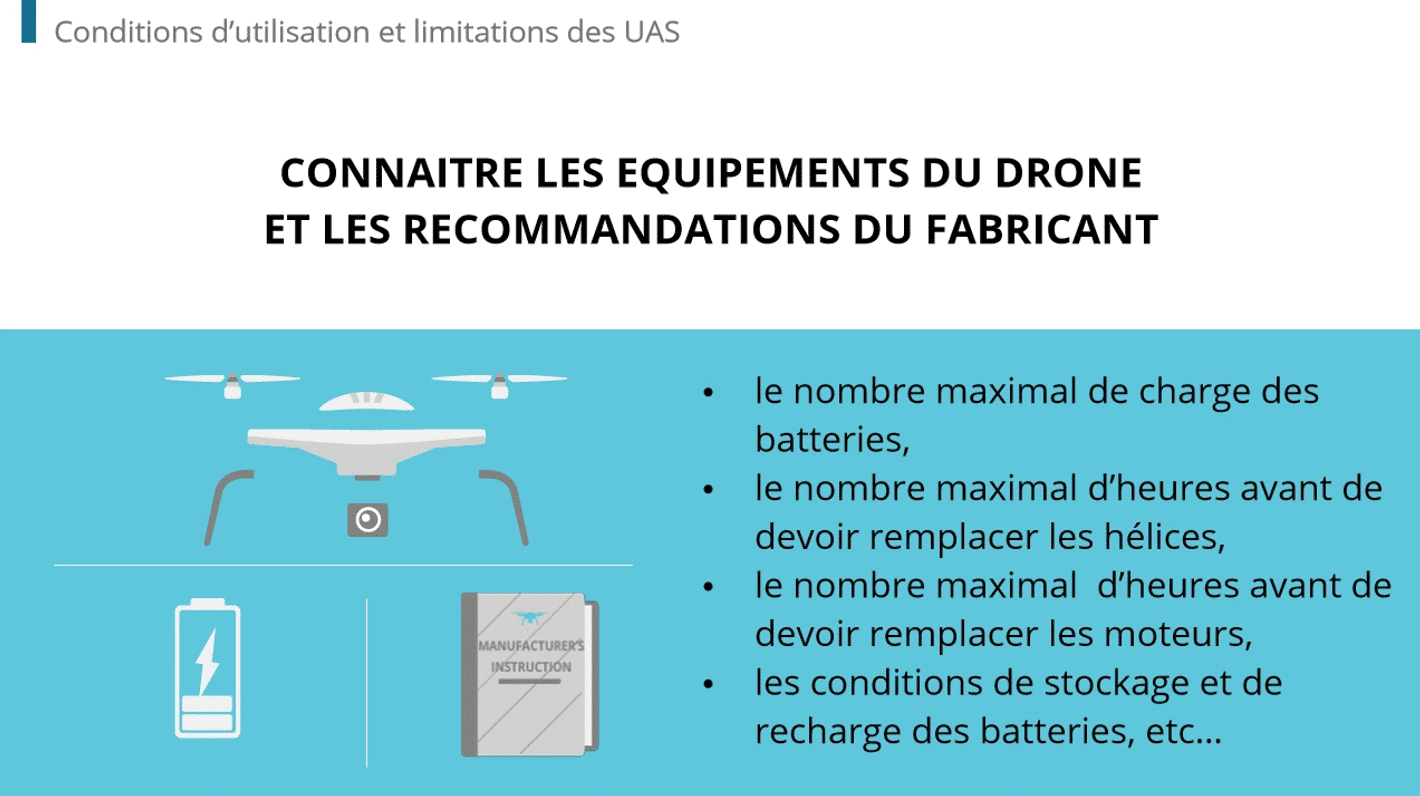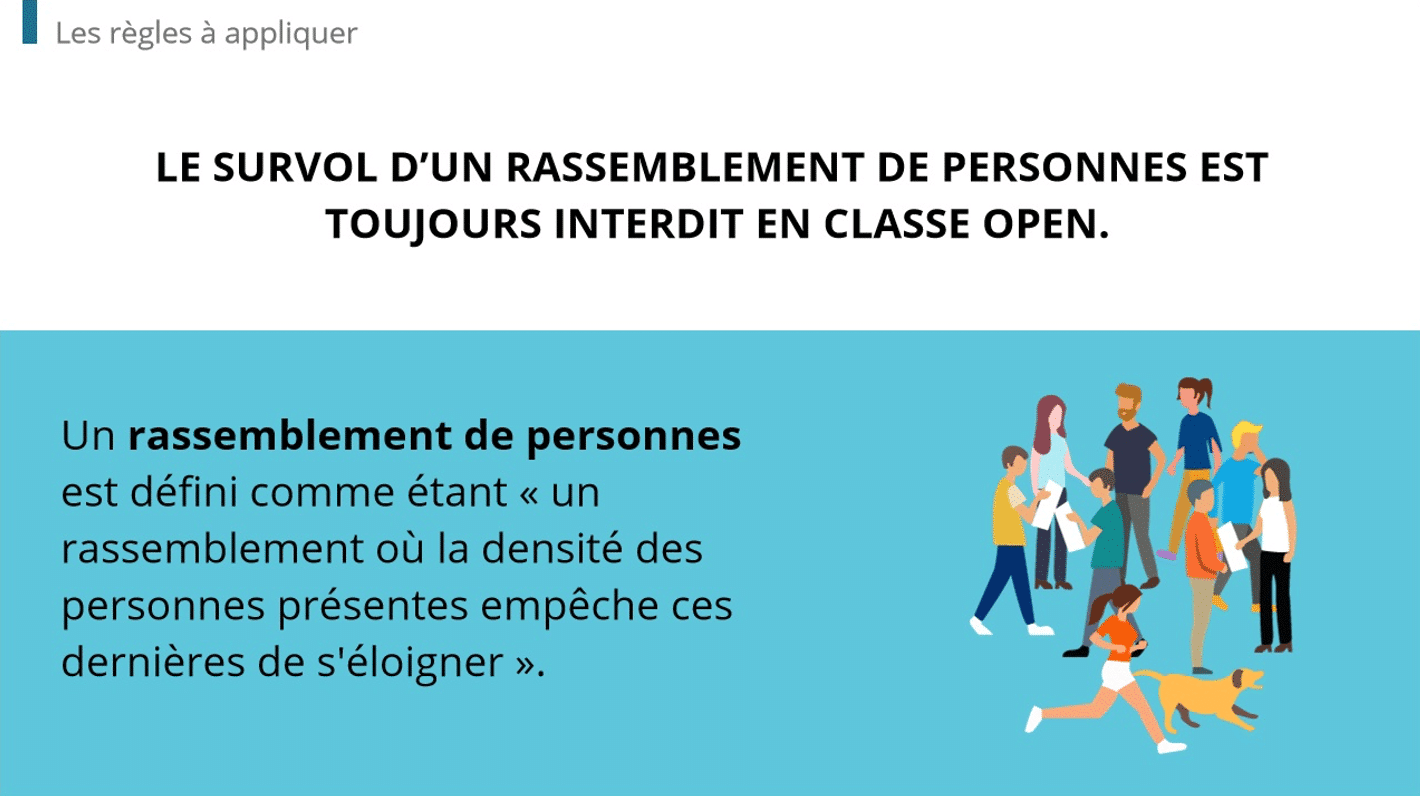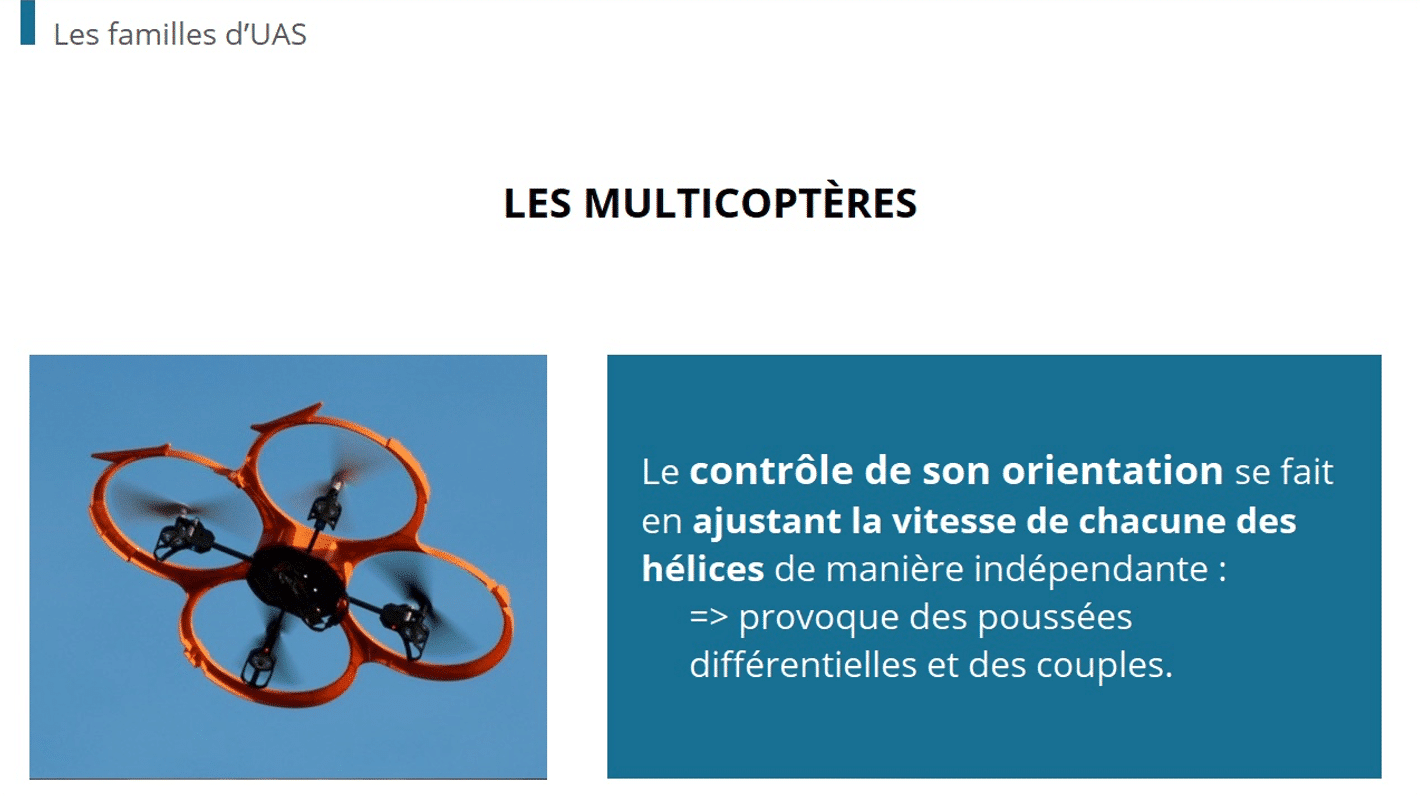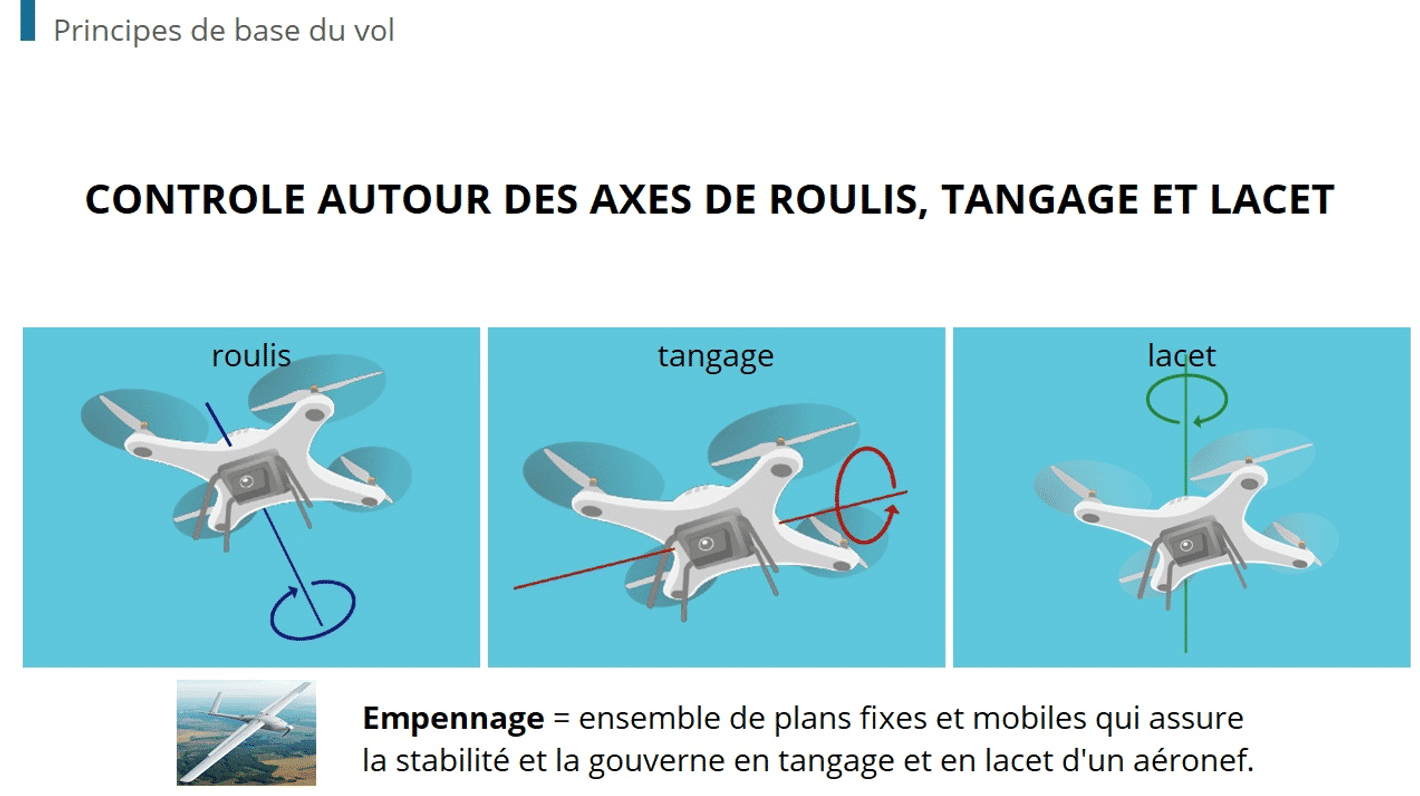Let’s face it: many learners are often disappointed with their training courses. Are you a trainer looking to improve learner engagement? Training courses keep your employees up to date on the latest industry practices. While necessary, workers aren’t exactly going to take glee at the announcement of a mandated training period. This is where training marketing comes in prior to the course rollout. Highlight the upcoming and attractive training courses to give the e-learning sessions a more positive allure.
Get busy on your company’s social media channel
Promote the training course on your company’s social media page. This serves multiple purposes; first, it shows others in the industry that you take employee growth and compliance seriously, thereby setting the gold standard. What can you post about? Consider these regular posting tidbits:
- Dates and announcements
- Funny memes and GIFs to give the course a professional yet light-hearted tone
- Previews of what the course may include
- Snapshots of the course lessons and modules
- Questions or statements that elicit members to comment (i.e. What emoji sums up your opinion about the course?)
Blog about it
Dedicate entire blog posts to the course. You can blog about the same things you post on social media, but discuss in greater detail. You can also discuss the what (compliance), when (beginning and ending date), where (remote), and why (fulfill government/municipal laws) of the training course. Consider these best blogging practices when giving your e-course some much-needed hype:
- Keep paragraphs short, no more than four lines each
- Use plenty of H2 and H3 headers
- Incorporate diverse media, such as snapshots, royalty-free images, and infographics
- Feel free to use informal text-speak language
- Add keywords for SEO purposes; this way it can be found in the search engines by relevant demographics, such as industry job seekers, recruiters, and sponsors.
Compare your training courses to traditional learning
There’s a conception that learning, especially when it comes to compliance and industry regulation, is going to be dull and uninspiring content. However, e-learning provides an opportunity for diverse learning methodologies. Create a side-by-side comparison list outlining the differences between e-learning vs traditional learning and how the former is far more engaging. A comparison list might look like this:
| Training Course via e-learning | Training Course via Traditional Classroom |
| Text, infographics, and videos available | Textbook and printed materials only |
| AI-assisted tools like audio narration | Text only |
| Remote collaboration 24/7 | In-classroom collaboration only |
| Competition and gamification elements | Classroom format only |
Drive the point that this course isn’t the training course of yesteryear. This e-course is the byproduct of the latest AI, machine learning, and business intelligence tools for retention-based and immersive learning.
Highlight the short- and long-term benefits of industry education
Heavily discuss how training can open the door for new opportunities and benefit your professional development. Use case studies and statistical figures when feasible. Here are some examples:
- Employees who receive accreditation are X times more likely to receive a promotion in the next two years
- Employees who complete compliance training are self-reported to be X% more confident in their job description
- Employees who satisfy training requirements report X% higher workplace satisfaction and X% less work-related stress
A week or so before the course rollout, release a blog, social media post, or company email newsletter with written or video content. Outline the advantages to employees when they receive industry training, receive accreditation, and are certified under state/federal regulating bodies.
Highlight the consequences of skipping training
While you certainly want to focus on the positives, some fear-based language to a degree doesn’t hurt. Emphasize what may happen to employees who fail to complete the mandated course by the due dates. This includes:
- Loss of career advancement opportunities
- Verbal or written warning
- Termination (after repeated warnings)
- reputation as a liable and high-risk employee
- Company refusal to be a reference if you switch jobs
Highlight the conveniences of e-learning
One of the greatest mental barriers to training is the idea that it will take extra time outside of work. While there’s certainly truth to this, emphasize that e-learning can dramatically reduce many of the inconveniences associated with traditional classroom learning. Some highlights you can mention:
- Fully remote and accessible 24/7
- Can access on any personal devices with an Internet connection
- Save your progress anytime and pick up right where you left off at a later time
- Some modules can be completed in the span of your break time or a bus ride
Foster training marketing through Dokeos LMS
Dokeos gives you the tools to develop an attractive training course worthy of promotion and pitching to your motivated learners. Would you like to delegate the creation of your training courses to us? Don’t worry, Tudio, our privileged partner for the creation of your e-learning, video and VR modules will take care of it.
For further assistance, Dokeos provides customized coaching and virtual support. We’ll assign you a personal consultant that will help you create a course that fulfills compliance requirement and is simultaneously engaging. We demonstrate the pathways to effective course training marketing and the tried-and-proven methods for boosting learner commitment.
Our learning management system is made for heavily regulated industries. For 20 years and counting, we have provided customized compliance and GxP training courses, fully ready to use and complete with gamification, surveys, and scheduled webinars. To date, our LMS platform has served over 400 clients and two million learners from North America, Europe, and South America. Become one of our satisfied clients by signing up for a free trial.
















